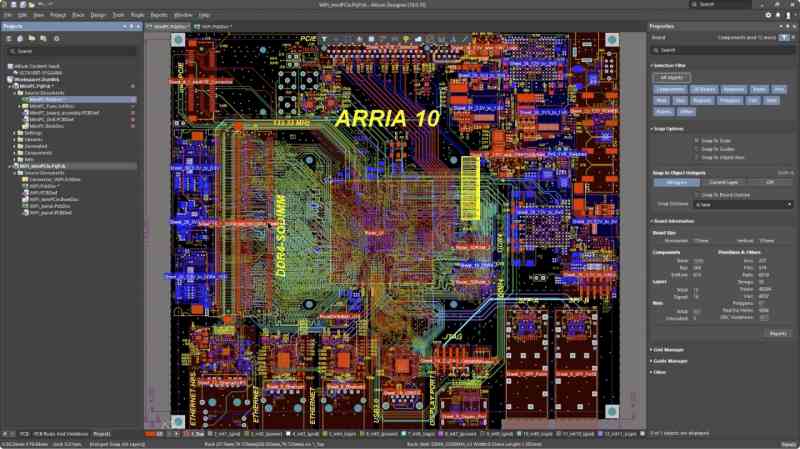


The solder mask is placed to provide some measure of protection for the via pad and the plating inside the via barrel. The idea behind via tenting is simple: you’re covering any vias in your PCB with solder mask so that any pad/ring on the via hole, and the via barrel itself, are not exposed to the environment. In this article, we’ll examine some of these design points surrounding via tenting and when you should avoid using it in your PCB layout. Is this always the right practice? And what are the possible reliability concerns with tented vias? These are important questions, especially when reliability concerns get brought up in regard to high aspect ratio vias and stacked microvias. One of these is the use of tented vias, which is sometimes implemented in a PCB layout by default. Others are implemented without thinking about the potential problems, but only because those problems arise in corner cases. Some of these practices are misunderstood or implemented without best practices, such as copper pour in signal layers.

There are some guidelines I see many designers implement as a standard practice, often without thinking about it.


 0 kommentar(er)
0 kommentar(er)
